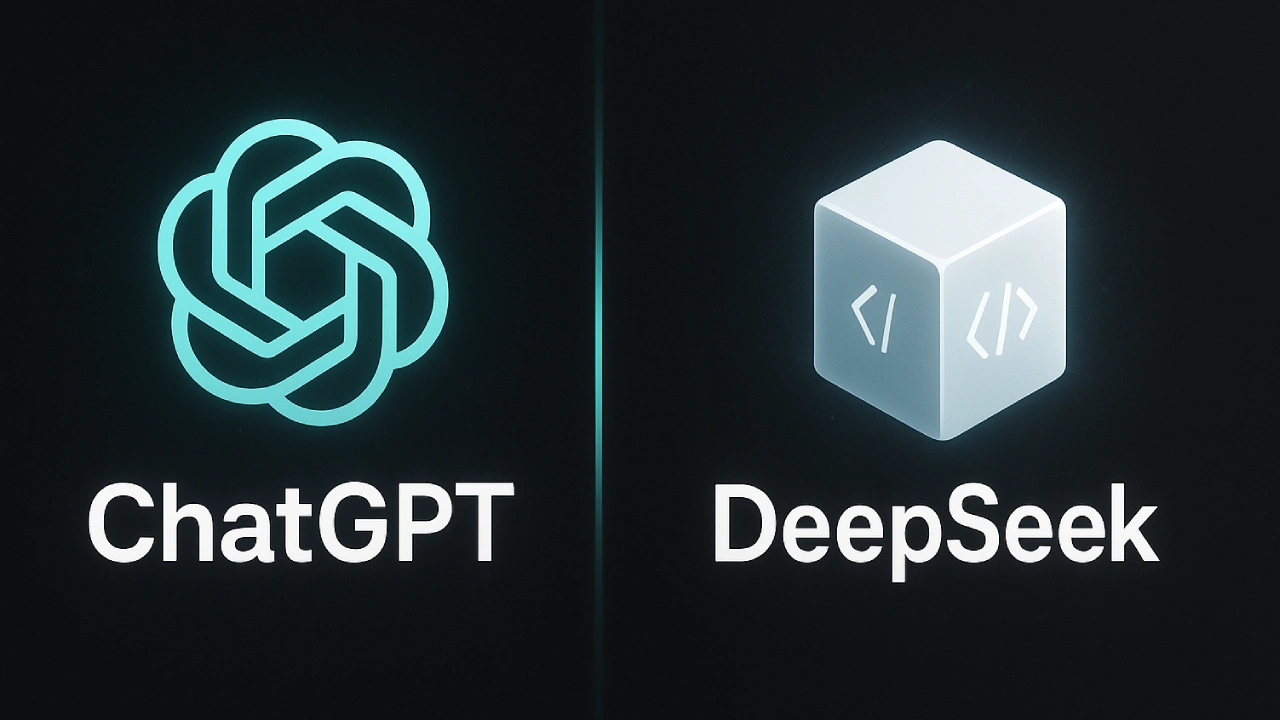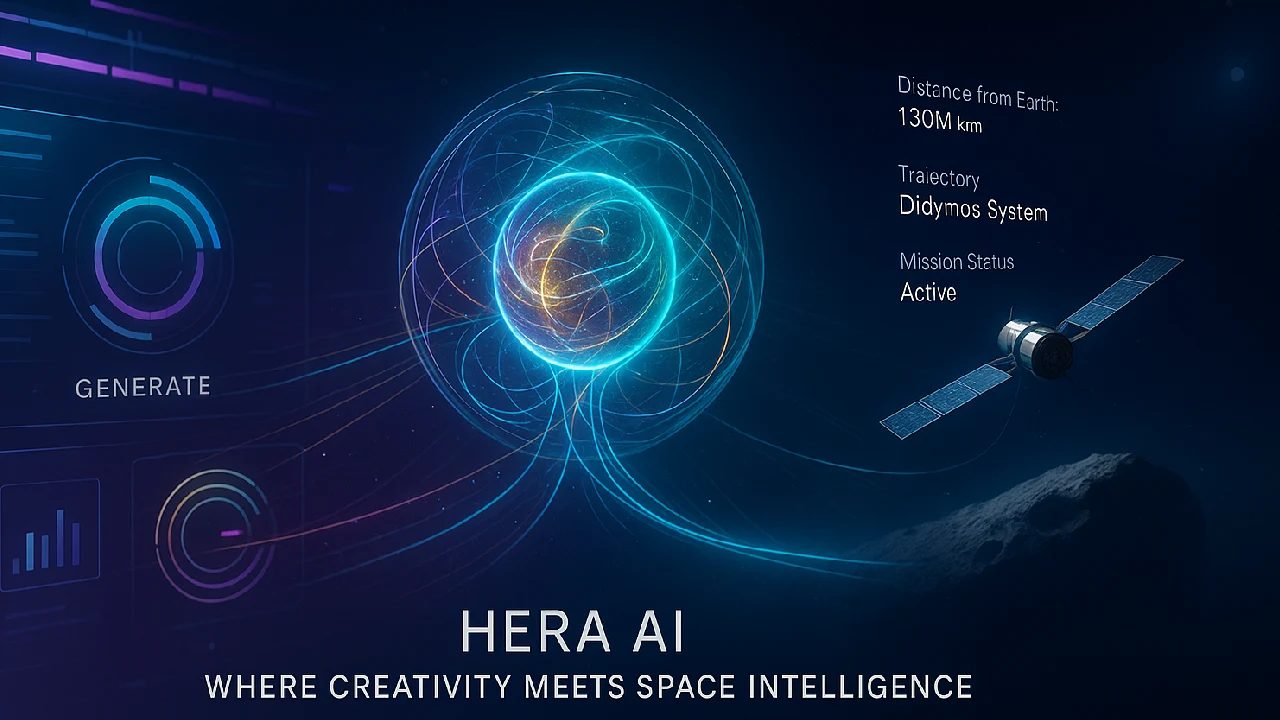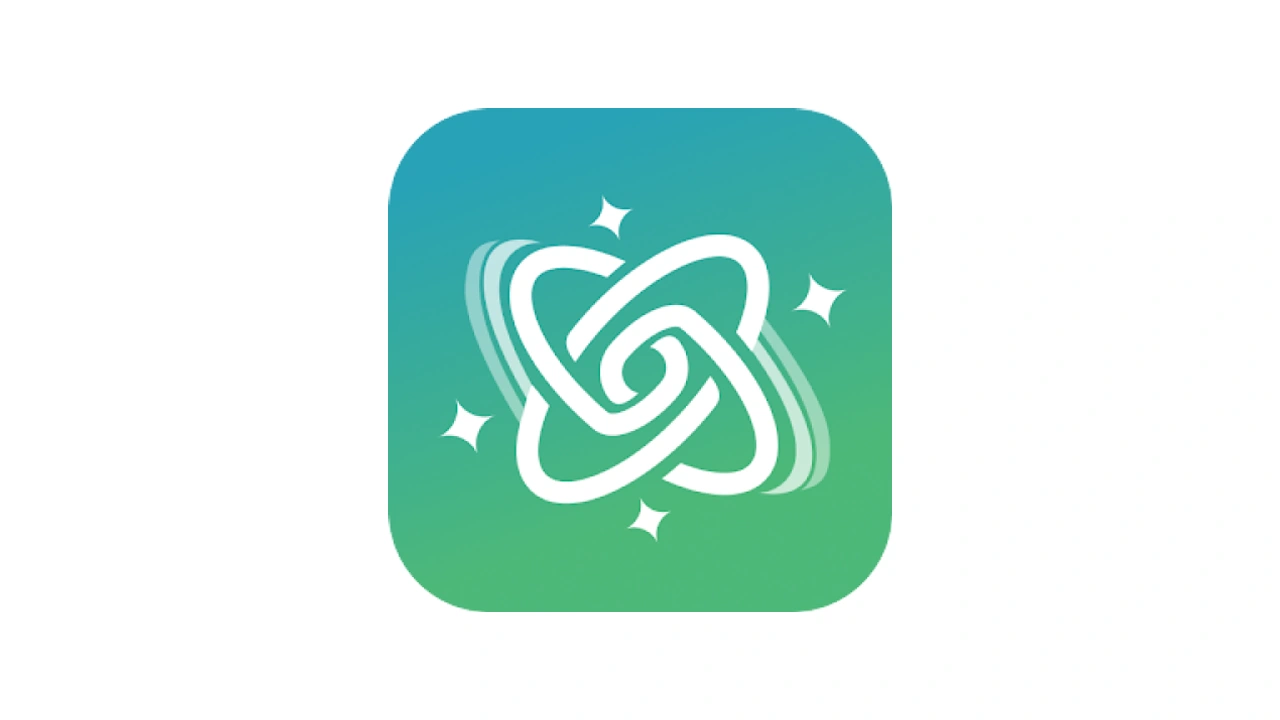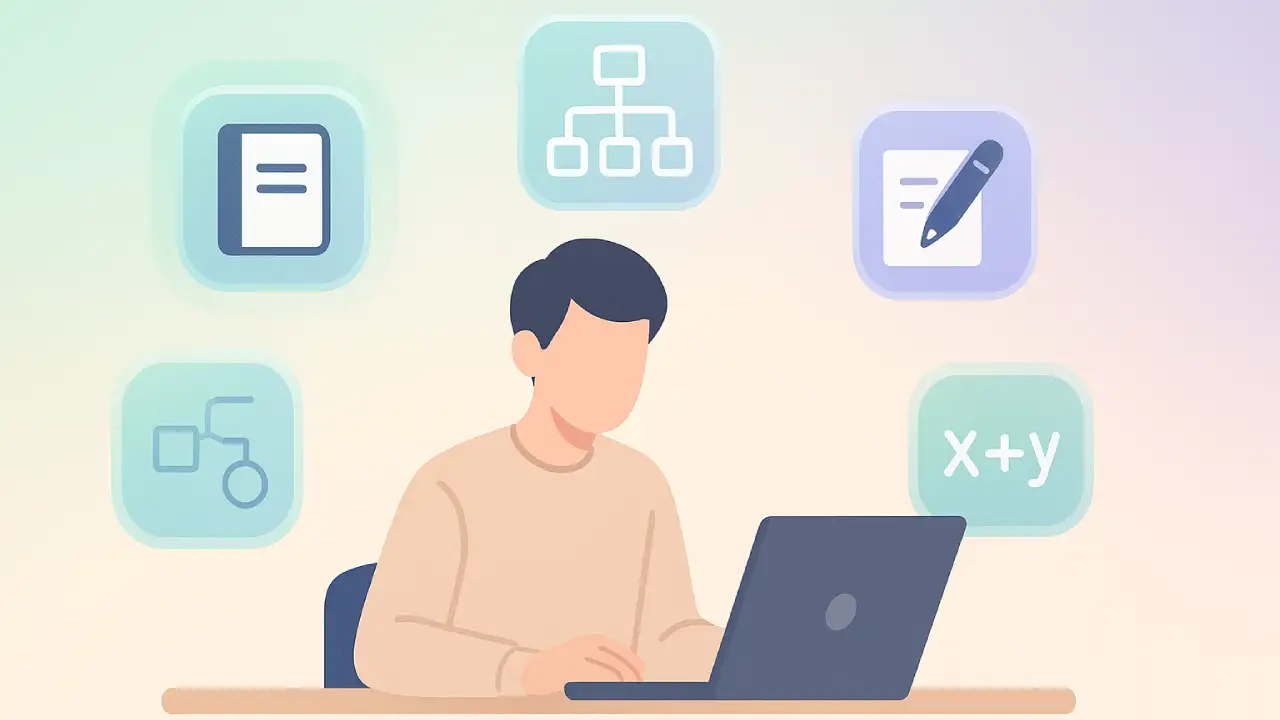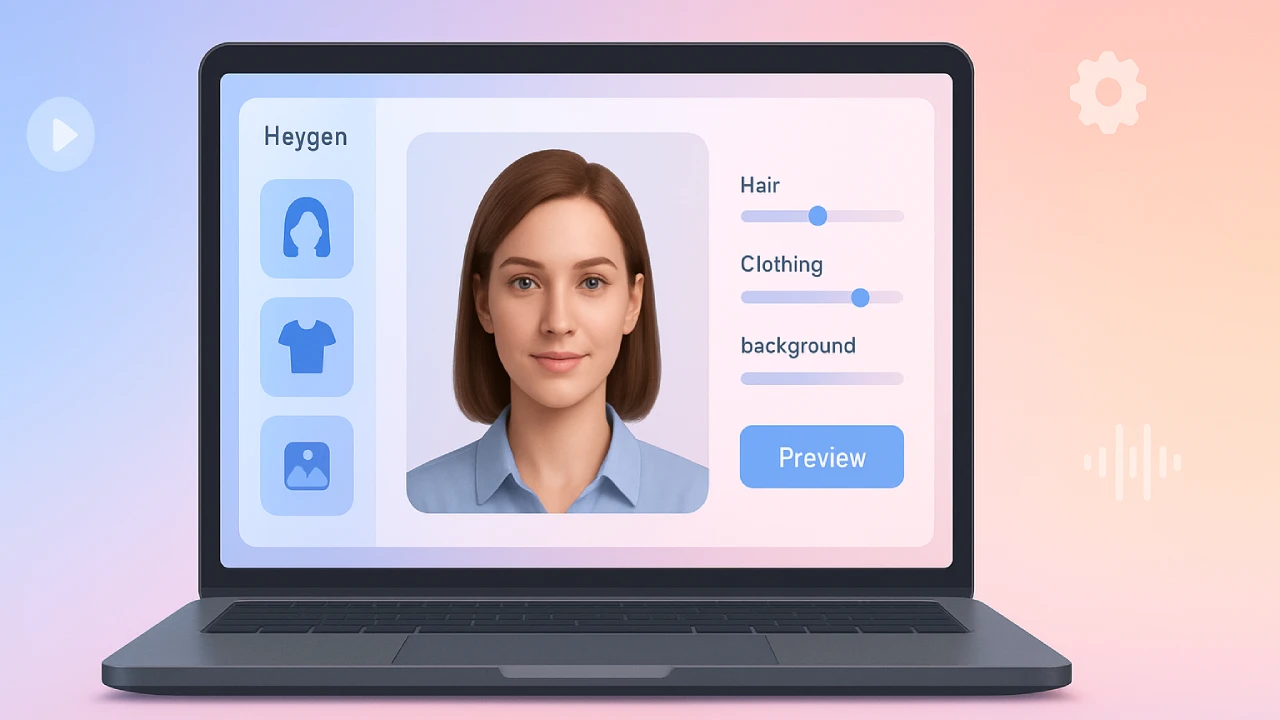With so many AI models out there, it can be tough to choose the right one. Two of the most talked-about options today are ChatGPT from OpenAI and DeepSeek, a newer open-source model developed in China. Both are powerful, but they serve different needs.
In this blog, we’ll explain what makes them different — from how they work to what they’re best at — so you can pick the one that fits your goals.
What Is ChatGPT?
ChatGPT is a chatbot created by OpenAI. It’s based on the GPT (Generative Pre-trained Transformer) model. The latest version, GPT-4o, can understand and respond to text, images, and even voice — making it a multimodal AI.
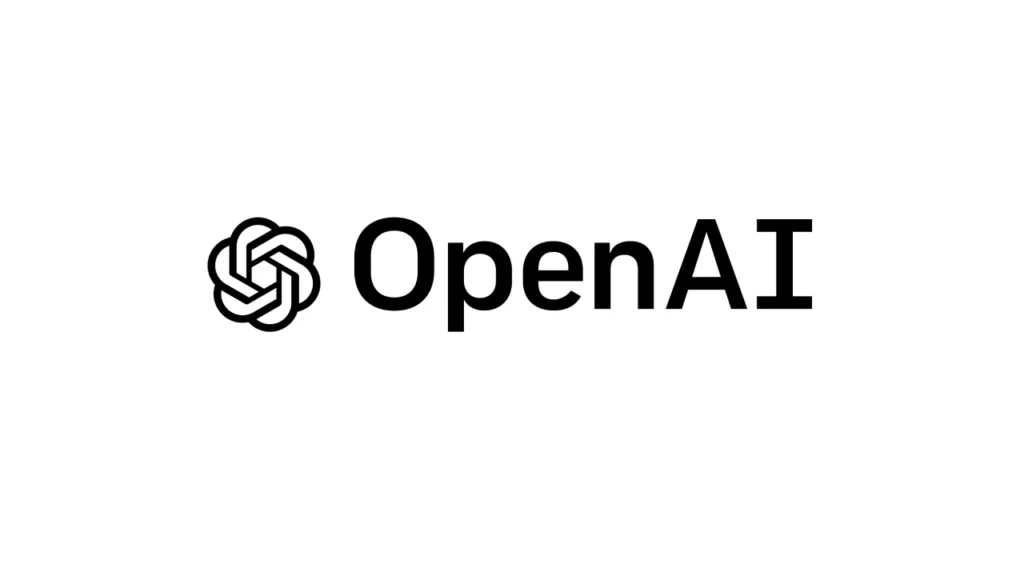
What ChatGPT Can Do:
- Chat naturally with users
- Solve problems and answer questions
- Generate content, code, and summaries
- Access tools like code interpreter and image analysis (in Pro version)
- Work well in apps like Microsoft Copilot or through API
It’s available for free with basic features, and with a subscription (ChatGPT Plus), you get access to the more advanced GPT-4o.
What Is DeepSeek?
DeepSeek is a newer open-source AI model built by DeepSeek-VLLM. It comes in two main versions:
- DeepSeek LLM: A general-purpose model for language tasks
- DeepSeek Coder: Specially trained for writing and understanding computer code
What makes DeepSeek different is its focus on transparency and developer control. You can download and use it freely, even for commercial work.
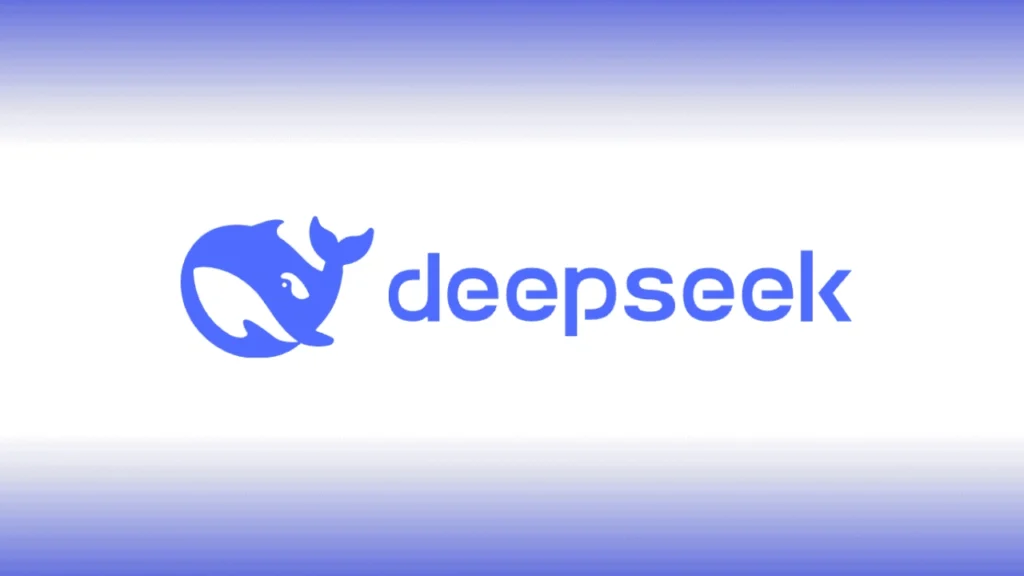
What DeepSeek Offers:
- Free and open-source access
- Built using Mixture of Experts (MoE) architecture
- Great for technical tasks like coding, QA, and reasoning
- Strong performance in benchmark coding tests
Key Differences
Here’s a side-by-side comparison to help you quickly understand how they differ:
| Feature | ChatGPT (GPT-4o) | DeepSeek LLM / Coder |
|---|---|---|
| Developer | OpenAI | DeepSeek (China) |
| Model Type | Multimodal | Text-only |
| Open-Source? | No | Yes |
| Best Use | Everyday tasks, creative use | Coding, reasoning |
| Multimodal? | Yes (text, image, voice) | No |
| Language Support | 100+ languages | Mainly English and Chinese |
| Access | Paid and free versions | Completely free |
| Integration | Microsoft, API, plugins | GitHub, research projects |
| Audience | General users and pros | Developers, researchers |
When to Use ChatGPT
Go for ChatGPT if:
- You want a smart AI assistant for daily tasks
- You need voice, image, and text understanding
- You want professional tools like browsing or file analysis
- You prefer a polished, ready-to-use app
When to Use DeepSeek
Choose DeepSeek if:
- You need strong support for coding and logic tasks
- You prefer full access to model weights and architecture
- You want to fine-tune or host the model yourself
- You need an open-source model for commercial use
How They Perform
- ChatGPT (especially GPT-4o) does well in areas like creativity, natural conversation, and tool integration.
- DeepSeek Coder beats many other models like Code Llama and StarCoder in programming tests.
If you’re into development or research, DeepSeek gives more freedom and depth. If you want a smart chatbot that handles many tasks, ChatGPT is more user-friendly.
Open vs Closed Models
A major difference lies in how open each model is:
- ChatGPT is closed-source. You can’t see how it’s built or modify it.
- DeepSeek is open-source. You can download, change, or train it for your needs.
This makes DeepSeek a fantastic choice for companies and researchers who want full control.
Final Thoughts
Both models are powerful, but they’re built for different purposes:
- ChatGPT is better if you need a helpful assistant with strong creative and language skills.
- DeepSeek is better if you want full access, especially for code-heavy tasks or research.
Understanding what you need from an AI will help you decide which one to use.
Summary
- ChatGPT: Easy to use, multimodal, excellent for general use.
- DeepSeek: Open-source, high performance in coding and technical work.
- Choose based on your task, budget, and level of technical skill.

